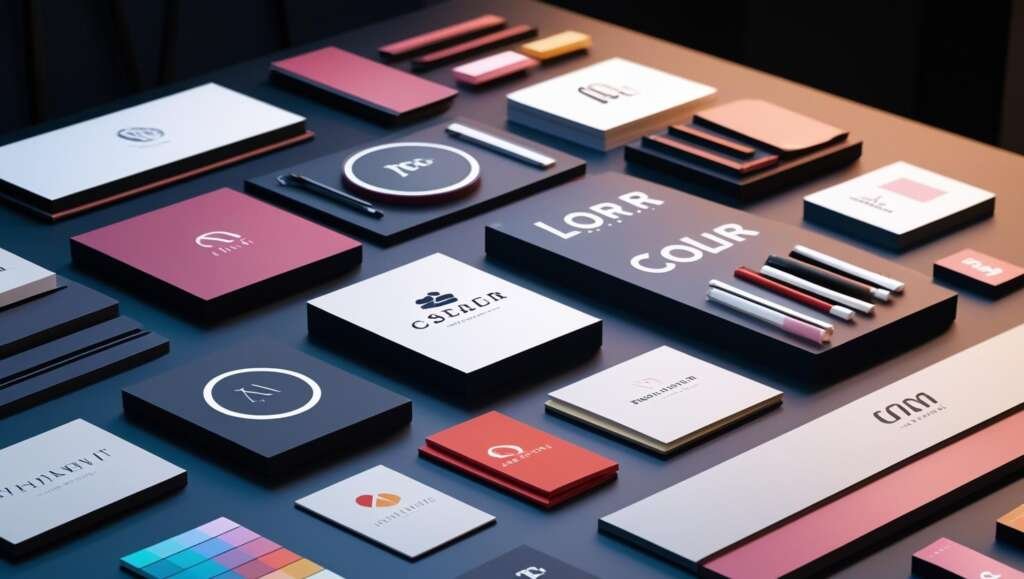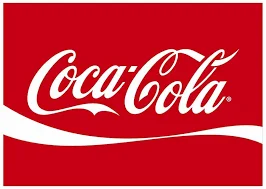Have you ever been drawn to a product just because of its eye-catching packaging or a billboard that made you stop and stare? That’s the power of marketing and advertising design. In today’s fast-paced digital world, visuals are not just decorative—they’re essential. From a brand’s logo to its website layout and even its social media posts, design influences how a brand is perceived, remembered, and trusted. It bridges the gap between brand identity and customer experience.
In this article, we’ll explore what marketing and advertising design truly means, why it’s a cornerstone of modern business strategies, and how top brands use it to their advantage. Whether you’re launching a new brand or trying to refresh an old one, understanding the core elements of design can set you apart from the competition.
What is Marketing and Advertising Design?
Marketing and advertising design is the visual communication method used to promote a brand, product, or service. It encompasses everything from print ads and brochures to digital banners, email campaigns, and social media graphics. Unlike general graphic design, this branch focuses on persuasion, encouraging the viewer to take action—like clicking a button, buying a product, or subscribing to a newsletter.
The goal of marketing and advertising design is not only to attract attention but to align visuals with messaging. It must be eye-catching while communicating value and purpose. This balance between creativity and strategy is what makes marketing design so powerful.
Key Components of Great Marketing Design
A successful marketing design strategy is built on the following core elements:
- Typography – The style and arrangement of text matter. Typography reflects the brand’s tone—whether formal, playful, bold, or elegant.
- Color Scheme – Colors evoke emotions and should align with your brand’s personality. Think red for excitement, blue for trust, green for growth.
- Imagery and Graphics – Strong visuals help tell your story quickly. Use high-quality photos, icons, and illustrations that are brand-consistent.
- Layout and Composition – Good design is structured. Use grids and whitespace effectively to guide the viewer’s eye.
- Consistency – Design should be uniform across platforms. From your website to your ads, everything should feel like it belongs to the same brand.
When these elements work together seamlessly, they create designs that are not only beautiful but also functional and purposeful.

Tools for Effective Design
Today, you don’t need to be a professional designer to create compelling visuals. There are several user-friendly tools available that offer powerful features for businesses of all sizes. Canva is one of the most popular platforms for beginners—it provides pre-made templates and a drag-and-drop interface. For more advanced design needs, tools like Adobe Creative Cloud (Photoshop, Illustrator, InDesign) offer complete control and customization.
Figma is another top-tier tool, especially for teams working collaboratively on design projects. It allows real-time feedback and editing, which speeds up the creative process. VistaCreate (formerly Crello) is excellent for quick, branded social media content. Most of these platforms also include brand kits where you can store your colors, logos, and fonts for consistency across campaigns.
These tools make it easier than ever to keep your marketing materials aligned with your brand identity while maintaining high visual standards. With a little practice and the right templates, you can create graphics that look professional, on-brand, and effective at delivering your message.

Examples from Top Brands
Looking at successful brands can provide inspiration and clarity. Take Apple, for instance. Its marketing design emphasizes simplicity, clean lines, and minimal text. Every product ad uses consistent fonts, tones, and color schemes that reflect Apple’s identity of sophistication and innovation. This clean approach has become synonymous with the brand’s image.
Coca-Cola, on the other hand, thrives on emotional appeal. Its advertising design often uses vibrant red, handwritten typography, and joyful imagery to communicate happiness and nostalgia. This consistency in design elements has kept Coca-Cola’s identity strong for over a century.

Another great example is Nike. With its bold typography, action-filled imagery, and the iconic swoosh logo, Nike’s marketing design screams energy, movement, and determination. These visuals resonate emotionally with their audience, reinforcing their brand message: “Just Do It.”
These examples show that strong design isn’t just about looking good—it’s about telling a consistent and compelling story.
How Design Builds Brand Awareness
Brand awareness is about recognition and recall. When customers see a specific color combination or font and instantly think of a brand, that’s effective design at work. Marketing and advertising design helps build this familiarity by keeping your visuals consistent and memorable.
For example, every time you see the golden arches, you immediately think of McDonald’s. That’s not an accident—it’s years of consistent visual branding. The same goes for brands like Starbucks with its green siren logo and Google with its playful typography and primary colors. These brands have used design strategically to stay top-of-mind.
To build brand awareness, your design must do more than decorate. It must evoke emotion, communicate values, and make your audience feel connected. Over time, these emotional cues develop into loyalty, turning casual viewers into lifelong customers.
Conclusion: Design with Purpose
Marketing and advertising design is more than just aesthetics. It’s a vital part of how people see and remember your brand. From typography and color to layout and imagery, every element plays a role in shaping perception. By using the right tools and studying successful examples, you can build a visual strategy that resonates with your audience.
Remember, your design should always align with your brand values and goals. Whether you’re designing a social media post or a billboard, approach it with clarity and intention. Design isn’t just what makes something look good—it’s what makes it work.

